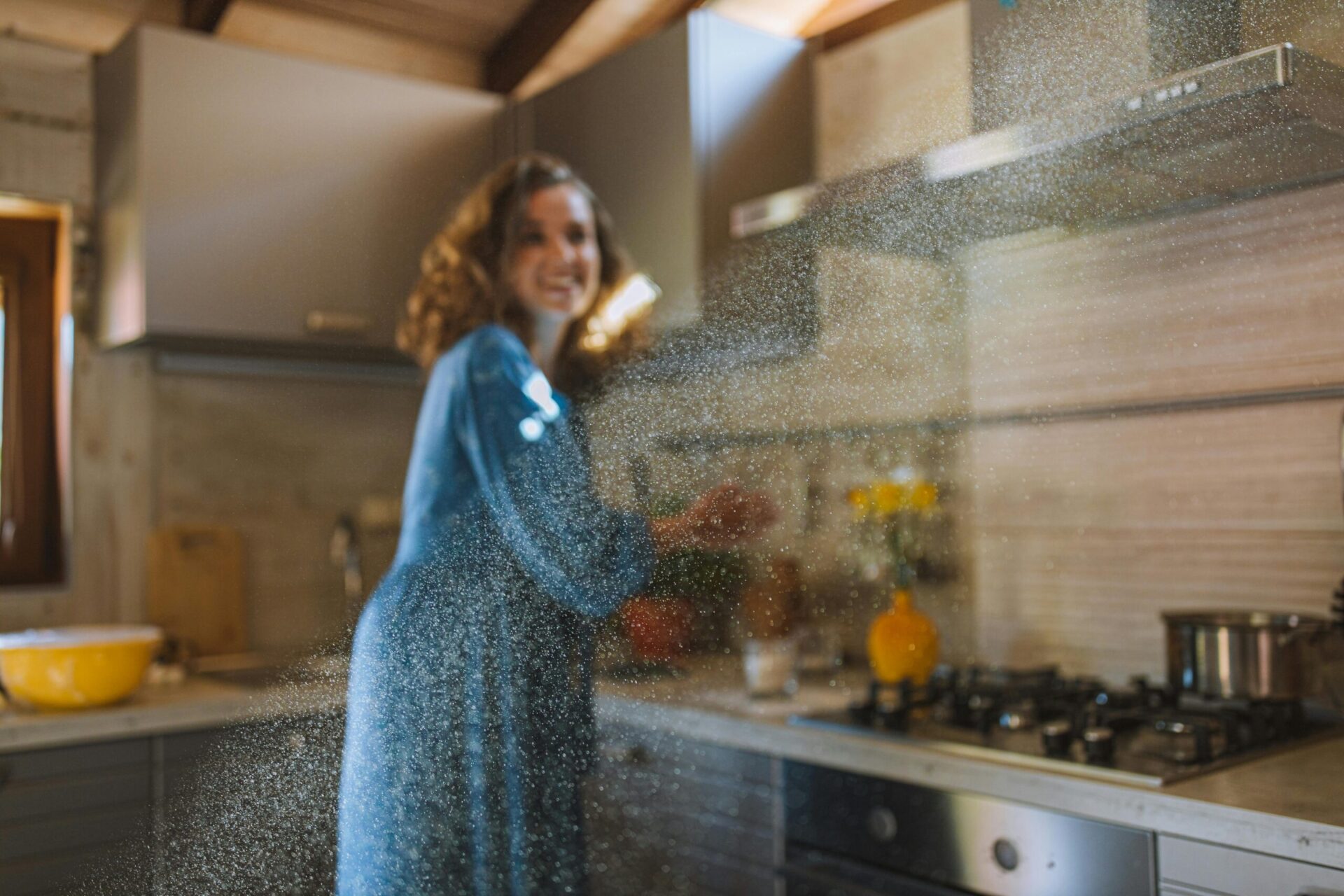
You might be scrubbing your home top to bottom, thinking you’re doing your nose a favor, but surprise—some of your most loyal cleaning habits might be making your allergies worse. Weird, right? Turns out, it’s not always about what you clean, but how you clean it.
Using Scented Cleaning Products

That lemon-fresh or lavender-blast smell might seem clean, but your sinuses are begging for mercy. Many scented cleaning products are packed with volatile organic compounds, also known as VOCs, which can irritate your nose, throat, and lungs. These aren’t just annoying; they can trigger full-on allergic reactions. Fragrance-free cleaners do the same job without turning your home into an allergy war zone. If you can’t give up the scent, try natural options with essential oils, and always make sure the space is well ventilated while you clean.
Vacuuming Without a HEPA Filter

If your vacuum is just blowing tiny dust particles back into the air, then it’s not helping your allergies. HEPA filters trap all those microscopic things your nose hates—pet dander, pollen, dust mites—instead of recirculating them. A basic vacuum might clean what you can see, but a HEPA-filtered vacuum cleans the stuff you can’t. It’s the difference between actually breathing easy and just pretending the sniffles are seasonal.
Letting Dusting Be an Afterthought

Skipping dusting is like baking a cake and forgetting the icing. It seems small, but it completes the job. Dust isn’t just harmless fluff. It’s a buffet of allergens. And if you’re not dusting high shelves, ceiling fans, and baseboards regularly, you’re letting those particles settle and swirl. Use a damp microfiber cloth to trap dust instead of brushing it into the air, and work top to bottom so gravity’s on your side.
Ignoring the Air Vents

When’s the last time you looked at your air vents? If they’re coated in dust or grime, every time your AC kicks on, it’s blowing that stuff directly into your breathing space. Dirty vents can become allergy launchpads. Cleaning them a couple of times a year and swapping out your filters monthly can make a huge difference. It’s not glamorous work, but your lungs will thank you.
Forgetting to Wash Pillows and Soft Toys

Your pillowcase might get regular love in the laundry, but what about the pillow itself? Pillows, plush toys, and fabric headboards are sneaky homes for dust mites. And if you’re hugging them nightly or letting your pets nap there, you’re cuddling with allergens. Wash pillows and soft items in hot water every couple of months. Or go the easy route and toss them in the dryer on high heat to zap those mites out of existence.
Overusing Spray Cleaners

Spray cleaners are convenient, sure, but they also mist a fine layer of chemicals into the air that can linger longer than you’d expect. If you’re wiping down counters with one hand and sneezing with the other, you might be overdoing it. Sprays can settle into the air and fabrics around your home, especially on drapes or furniture. Try applying cleaners directly to a cloth instead and see if your allergies chill out a bit.
Not Wearing Gloves When Cleaning Mold or Mildew

Scrubbing away mold in the bathroom without gloves is like stepping into a beehive without a suit. Mold releases spores into the air when disturbed, and bare hands or uncovered noses are a fast track to allergic reactions. Even a quick bathroom wipe-down can spread invisible spores if you’re not careful. Use gloves, wear a mask, and keep windows open to ventilate. Mold is a lightweight fighter, but it punches above its weight.
Letting Humidity Take Over

Too much moisture in your home is a welcome mat for mold, mildew, and dust mites. If you’re not using a dehumidifier in humid spaces like bathrooms, basements, or kitchens, you’re giving allergens a place to thrive. Ideal humidity levels sit around 30 to 50 percent. A simple hygrometer can help you keep an eye on it. Trust us, your nose knows when things are too muggy.
A spotless home hides allergy traps in plain sight

These cleaning mistakes might not seem major, but for your immune system, they’re a full-blown obstacle course.